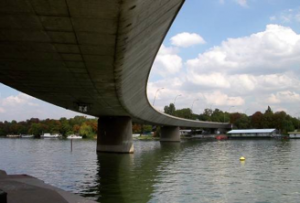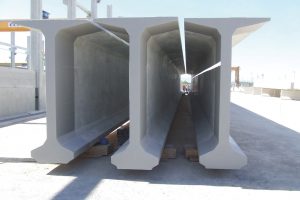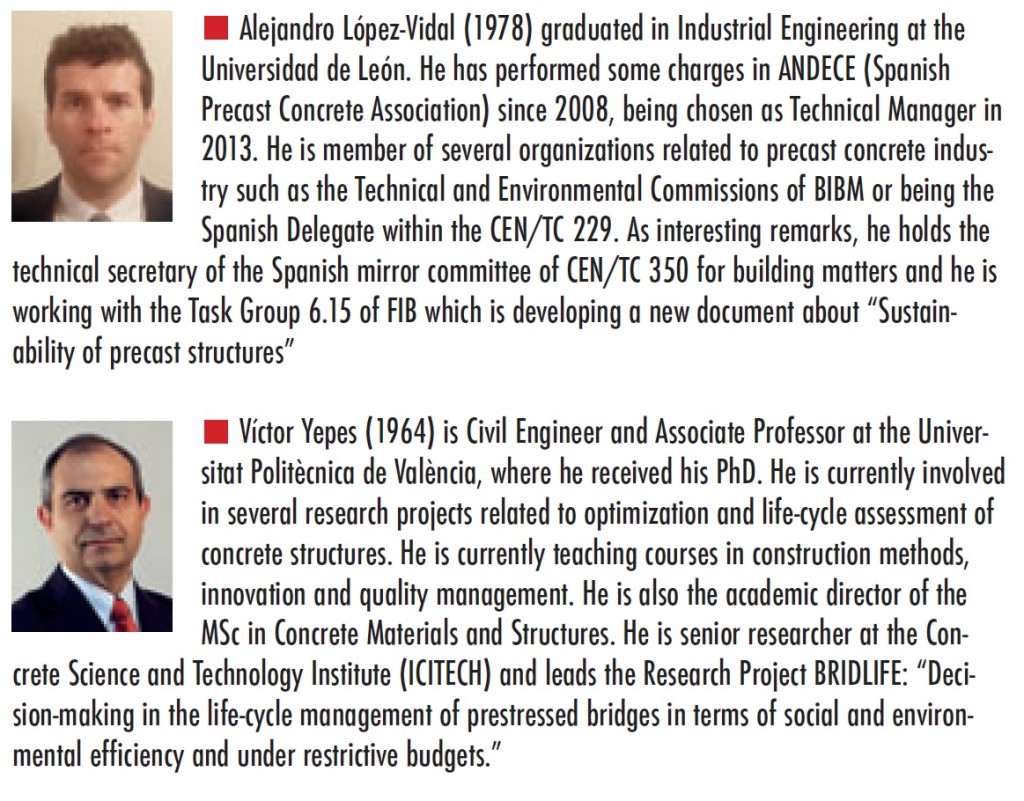 Acaban de publicarnos un artículo en Structures, revista indexada en el JCR. El trabajo lleva a cabo un análisis exhaustivo de 127 artículos para identificar las tendencias predominantes y las brechas actuales en la investigación sobre edificios prefabricados de hormigón (PCB) resistentes a los terremotos. Estos edificios ofrecen ventajas como la rapidez de construcción, la mejora de la durabilidad y la reducción de la mano de obra, pero es necesario estudiar las conexiones entre los elementos prefabricados para garantizar su resistencia sísmica.
Acaban de publicarnos un artículo en Structures, revista indexada en el JCR. El trabajo lleva a cabo un análisis exhaustivo de 127 artículos para identificar las tendencias predominantes y las brechas actuales en la investigación sobre edificios prefabricados de hormigón (PCB) resistentes a los terremotos. Estos edificios ofrecen ventajas como la rapidez de construcción, la mejora de la durabilidad y la reducción de la mano de obra, pero es necesario estudiar las conexiones entre los elementos prefabricados para garantizar su resistencia sísmica.
El estudio se enmarca dentro del proyecto de investigación HYDELIFE que dirijo como investigador principal en la Universitat Politècnica de València.
Entre otras, se pueden destacar las siguientes contribuciones del trabajo:
- Reveló la correlación entre los PCB y temas como las conexiones secas, la disipación de energía, el diseño óptimo y el colapso progresivo, lo que puso de relieve la naturaleza diversa de las investigaciones actuales en este campo.
- Identificaron los sistemas de marcos y pantallas de rigidización como las categorías predominantes en la investigación de los PCB, siendo el enfoque tradicional de construcción moldeada in situ la referencia para determinar su rendimiento sísmico.
- Destacó la necesidad de explorar con mayor detalle sistemas estructurales innovadores y resilientes y de adoptar metodologías de vanguardia para integrar la seguridad sísmica y la sostenibilidad de los PCB.
- Proporcionó una hoja de ruta para futuros proyectos de investigación e informó sobre los últimos avances y tendencias en la investigación de PCB con seguridad sísmica.
La editorial permite la descarga gratuita del artículo en la siguiente dirección: https://authors.elsevier.com/sd/article/S2352-0124(23)01686-7
Abstract:
Precast concrete buildings (PCB) offer several advantages, including swift construction, exceptional quality, enhanced durability, decreased formwork requirements, and reduced labour. However, it is crucial to effectively study the connections between the various prefabricated elements that make up the structure, particularly in the face of dynamic loads and seismic actions. Extensive research has been conducted to develop seismic-resistant PCB, underscoring the necessity of exploring research approaches, identifying trends, addressing gaps, and outlining future research directions. A thorough analysis was carried out on a literature set comprising 127 articles published between 2012 and May 2023, using a three-step research process that included bibliometric search, quantitative analysis, and qualitative analysis. The primary objective was to identify prevailing research trends and pinpoint current gaps that would contribute to the advancement of future research. The scientific mapping of authors’ keywords revealed the correlation between PCB and topics such as dry connections, energy dissipation, optimal design, and progressive collapse, highlighting the diverse nature of current research in the field. Furthermore, the qualitative literature analysis demonstrated that frame and shear wall systems emerged as the predominant categories. This dominance can be attributed to the seismic performance reference being the traditional cast-in-place building approach. Nonetheless, this study brings attention to several notable research gaps. These gaps include exploring innovative, resilient structural systems in greater detail and adopting state-of-the-art methodologies that facilitate decision-making processes in integrating PCB seismic safety and sustainability. This study provides a roadmap for future research projects and reports on the latest developments and trends in seismically safe PCB research.
Keywords:
Reference:
GUAYGUA, B.; SÁNCHEZ-GARRIDO, A.; YEPES, V. (2023). A systematic review of seismic-resistant precast concrete buildings. Structures, 58; 105598. DOI:10.1016/j.istruc.2023.105598



